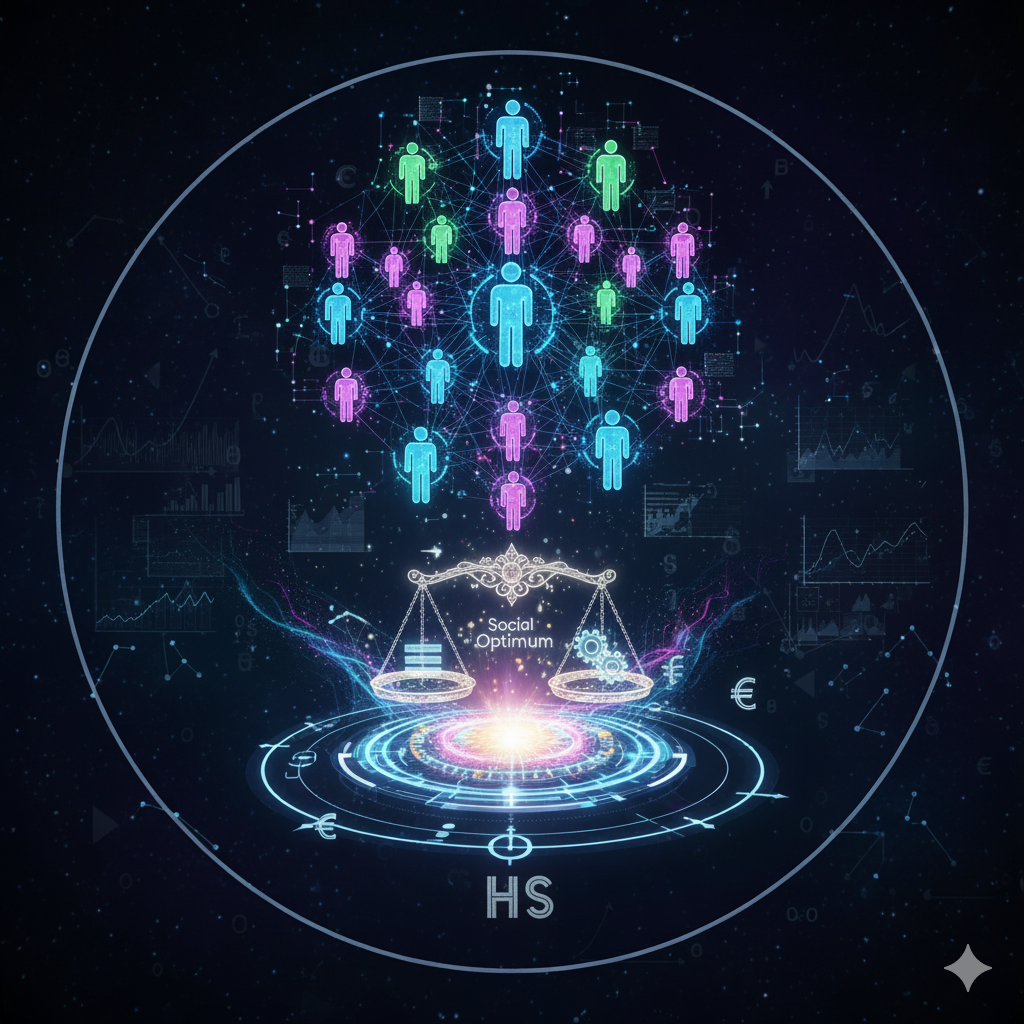Introduction
Since its launch in 2009 by the mysterious figure Satoshi Nakamoto, Bitcoin has captured the imagination of investors, technologists, and policymakers across the globe. Often called “digital gold,” Bitcoin was designed to function as a peer-to-peer electronic cash system, free from the control of governments and central banks. Over time, it has grown beyond a niche experiment into a global financial asset with a market capitalization worth hundreds of billions of dollars.
This growing influence raises a critical question: Can Bitcoin overtake the “main coin”—that is, traditional fiat currencies like the US Dollar, Euro, or Indian Rupee—as the dominant medium of exchange and store of value? While the answer is not straightforward, the possibility exists, and several economic, technological, and social factors could play a role in this transformation.
In this article, we will explore the conditions under which Bitcoin could overtake fiat money, the challenges it faces, and the global implications of such a shift.
1. Understanding the Concept of “Main Coin”
Before analyzing Bitcoin’s chances, it is important to define what is meant by the “main coin.” Today, the global financial system revolves around fiat currencies issued by governments and managed by central banks. Among them, the US Dollar is considered the most dominant, functioning as the world’s reserve currency.
Characteristics of the “main coin” (fiat currencies):
- Widely accepted for transactions and trade.
- Backed by government authority and regulation.
- Controlled through monetary policies such as interest rates and inflation control.
- Integral to international trade and global financial institutions (IMF, World Bank, SWIFT system).
Thus, when we ask if Bitcoin can “overtake” the main coin, we are essentially asking: Can a decentralized cryptocurrency replace or rival government-backed money in terms of acceptance, trust, and usage?
2. Why Bitcoin Has the Potential to Compete
Several unique characteristics of Bitcoin give it the potential to challenge the dominance of fiat currencies:
(a) Decentralization
Bitcoin operates without a central authority, meaning no government or central bank can manipulate its supply. This makes it attractive in regions where citizens have lost trust in government-issued money due to corruption, hyperinflation, or mismanagement.
(b) Limited Supply
Unlike fiat currencies, which can be printed in unlimited amounts, Bitcoin has a fixed supply of 21 million coins. This scarcity creates a store-of-value appeal, similar to gold.
(c) Global Accessibility
Bitcoin transactions can occur anywhere with an internet connection. This borderless nature makes it especially useful for cross-border payments and remittances, where traditional banking systems charge high fees.
(d) Inflation Hedge
In times of high inflation, fiat currencies lose value. Bitcoin, with its fixed supply and decentralized structure, is often seen as a hedge against inflation.
(e) Technological Innovation
The underlying blockchain technology provides transparency, security, and immutability. Upgrades like the Lightning Network aim to make Bitcoin faster and more scalable for daily use.
3. Conditions Under Which Bitcoin Could Overtake Fiat
For Bitcoin to overtake the main coin, several global conditions must align:
(a) Loss of Trust in Fiat Currencies
- Countries experiencing hyperinflation (e.g., Venezuela, Zimbabwe) show how quickly people can lose confidence in their local currency.
- If a major global currency like the US Dollar were to face severe inflation or a financial crisis, people may turn to Bitcoin as a safer alternative.
(b) Wider Institutional Adoption
- Large corporations such as Tesla, MicroStrategy, and PayPal have already adopted Bitcoin to some extent.
- If governments and major financial institutions begin holding Bitcoin reserves, it could legitimize it as a mainstream financial asset.
(c) Regulatory Clarity
- Ambiguity around regulations is one of Bitcoin’s biggest hurdles.
- Clear, supportive legal frameworks could encourage mass adoption by businesses and consumers.
(d) Technological Improvements
- For Bitcoin to function as daily currency, it must handle millions of transactions per second.
- Layer-2 solutions like the Lightning Network are being developed to address scalability.
(e) Cultural and Social Acceptance
- People need to trust and understand Bitcoin for it to become mainstream.
- Education campaigns, user-friendly wallets, and integration into payment apps can increase adoption.
4. Challenges That Prevent Bitcoin from Becoming the Main Coin
While the potential exists, significant challenges remain:
(a) Volatility
- Bitcoin’s price swings make it difficult to use as a stable currency for everyday transactions.
- Merchants and consumers prefer predictability, which fiat currencies currently provide.
(b) Regulatory Resistance
- Governments may resist Bitcoin adoption as it undermines their control over monetary policy.
- Some countries (like China) have outright banned crypto trading and mining.
(c) Scalability Issues
- Currently, Bitcoin can process only about 7 transactions per second, compared to Visa’s thousands per second.
- Without major upgrades, it cannot compete with traditional payment systems.
(d) Environmental Concerns
- Bitcoin mining consumes significant energy.
- Critics argue it is unsustainable unless mining shifts to renewable energy sources.
(e) Competition from Central Bank Digital Currencies (CBDCs)
- Many governments, including India, China, and the EU, are developing their own CBDCs.
- These digital versions of fiat money could combine the benefits of crypto with government control, reducing Bitcoin’s appeal.
5. Case Studies of Bitcoin Adoption
(a) El Salvador
- In 2021, El Salvador became the first country to adopt Bitcoin as legal tender.
- While it showcased Bitcoin’s potential, the country faced challenges in mass adoption due to volatility and limited understanding among citizens.
(b) Argentina and Venezuela
- In countries struggling with hyperinflation, many people prefer Bitcoin or stablecoins over local currencies.
- This demonstrates Bitcoin’s potential as a safe haven in unstable economies.
(c) Africa
- Many African countries face weak banking infrastructure.
- Bitcoin offers an alternative for remittances and financial inclusion, especially for the unbanked population.
6. The Roadmap: How Bitcoin Could Overtake Fiat
For Bitcoin to realistically overtake the main coin, a sequence of events could occur:
- Global Economic Crisis
- A financial collapse could weaken trust in central banks and fiat currencies.
- A financial collapse could weaken trust in central banks and fiat currencies.
- Mass Institutional Adoption
- Governments, banks, and corporations could begin holding Bitcoin as reserves.
- Governments, banks, and corporations could begin holding Bitcoin as reserves.
- Technological Scalability
- Solutions like the Lightning Network would allow Bitcoin to support everyday transactions on a massive scale.
- Solutions like the Lightning Network would allow Bitcoin to support everyday transactions on a massive scale.
- Regulatory Framework
- Nations might recognize Bitcoin as a legal currency alongside fiat, increasing legitimacy.
- Nations might recognize Bitcoin as a legal currency alongside fiat, increasing legitimacy.
- Cultural Acceptance
- As new generations grow up with digital currencies, Bitcoin could become the default global money.
7. Implications of Bitcoin Overtaking Fiat
If Bitcoin were to overtake fiat currencies, the implications would be enormous:
- End of Central Bank Control: Governments would lose their ability to manipulate monetary policy.
- Financial Inclusion: Billions of unbanked individuals could gain access to global financial systems.
- Geopolitical Shifts: The US Dollar might lose its dominance, reshaping global trade and power balances.
- Economic Stability Risks: The volatility of Bitcoin could create financial instability if not properly managed.
- Innovation Boost: Blockchain and crypto technologies could become the foundation of a new financial order.
Conclusion
So, can Bitcoin overtake the main coin? The answer lies in a balance of opportunities and challenges. On one hand, Bitcoin’s decentralized nature, limited supply, and global accessibility make it a strong candidate to compete with fiat money. On the other, volatility, regulatory pushback, scalability issues, and competition from CBDCs present significant obstacles.
In reality, rather than completely replacing fiat currencies, Bitcoin may evolve into a parallel global financial system—serving as a store of value, hedge against inflation, and tool for cross-border payments, while fiat currencies remain dominant for everyday use.
The future will likely be hybrid, where Bitcoin coexists with fiat and CBDCs, but if major economic disruptions occur, Bitcoin has a real chance of becoming the world’s main financial standard.




